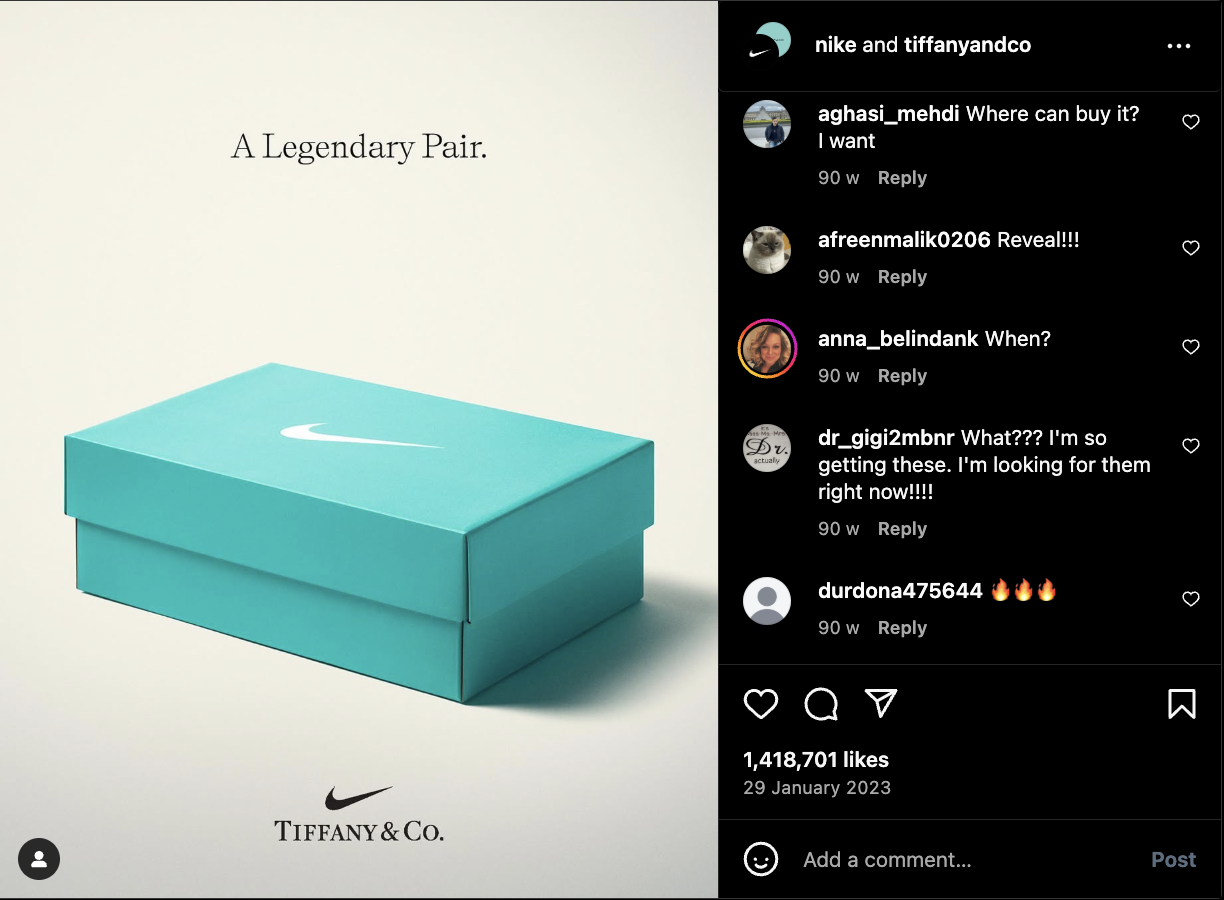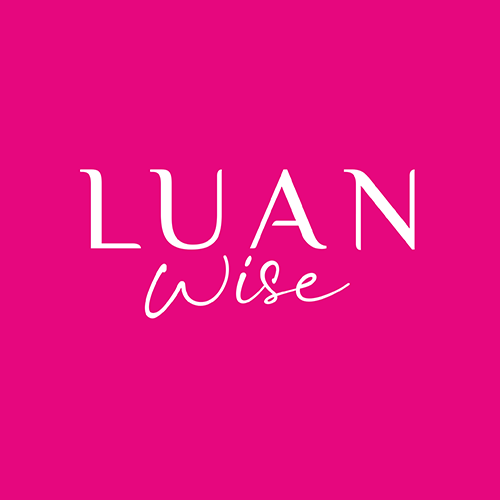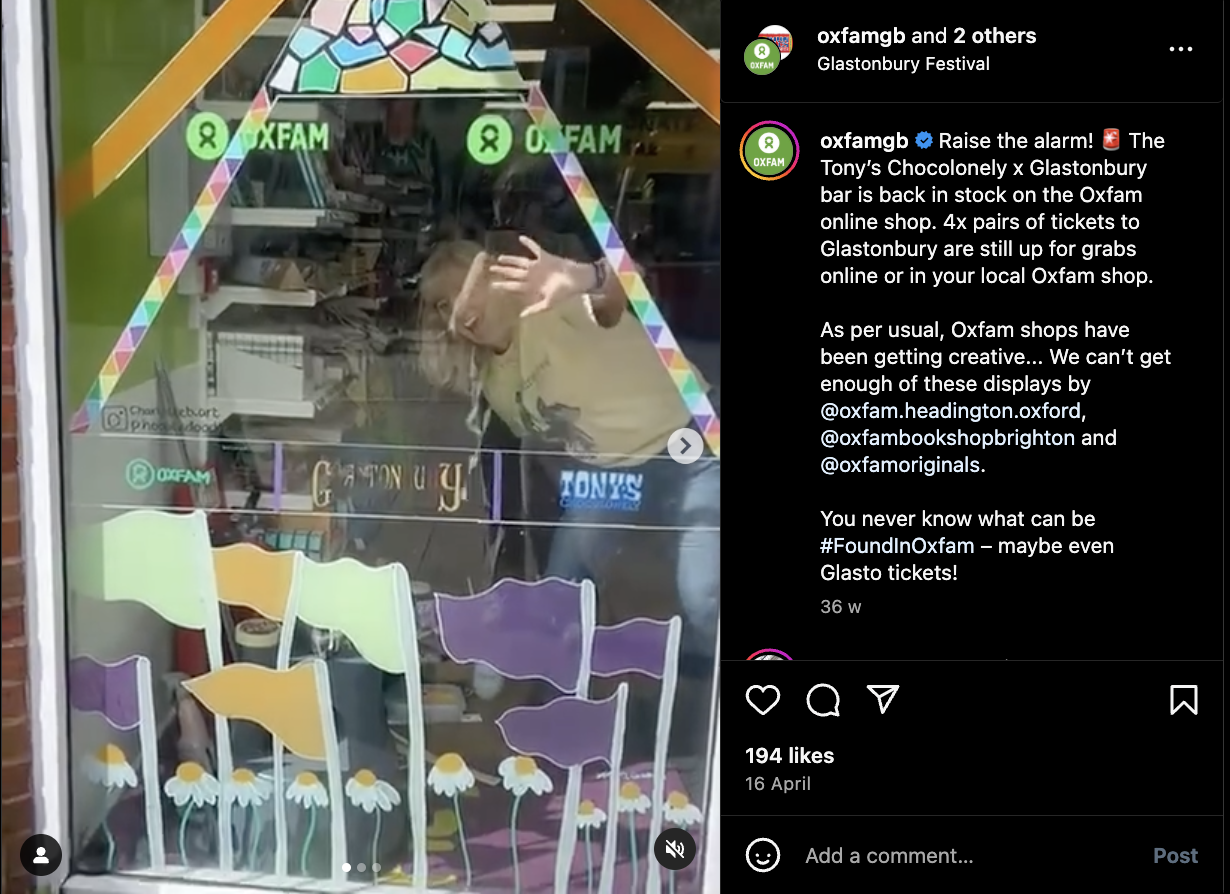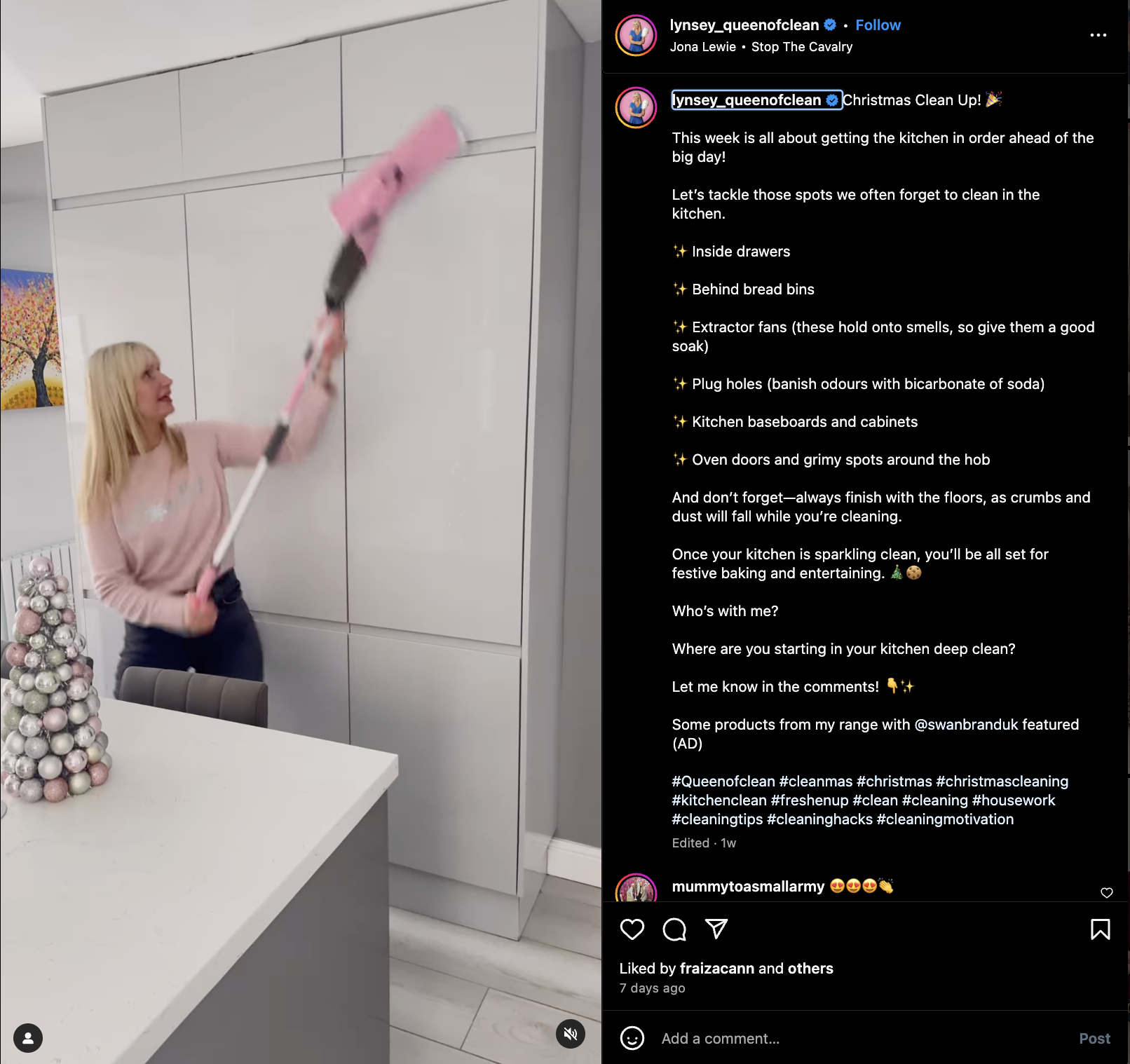Establishing social media collaborations and partnerships—whether with influencers, creators, or other businesses—holds tremendous potential for individuals and organisations looking to expand their reach and drive follower growth.
Collaborating with a reputable partner enhances your credibility by associating your brand with others that their audience already trusts. It also offers a cost-effective way to create high-quality content, as both parties share resources, maximising impact without requiring significant individual investment.
Finding the Right Social Media Collaboration Partner
The key to a successful partnership is choosing a brand or individual who can help you reach new, relevant audiences. It’s not just about finding someone with a large following; quality is just as important, if not more so, than quantity. Look for partners who are genuinely interested in what you have to offer and whose values align with yours. This ensures the collaboration adds value to both audiences, creating authentic connections and meaningful impact.
Collaborations can provide a powerful opportunity to tap into fresh, engaged audiences, expanding your reach and fostering meaningful connections beyond your current network. If your partners are already recognised, their established credibility can enhance your brand’s trustworthiness and attract their loyal followers. On the other hand, if your audience isn’t aware of your collab partner, it offers a chance to introduce them to a new, relevant audience, broadening your brand’s visibility and creating fresh opportunities for engagement.
To find collaborators, start by using social media platforms like Instagram, LinkedIn, or TikTok to search for influencers, brands, or creators who align with your values and target audience. Look for accounts with similar interests or goals by searching keywords or joining relevant communities (online or at face-to-face industry events). Collaboration platforms like Influence.co or TikTok Creator Marketplace are also great tools for finding and connecting with potential partners. Also consider reaching out to your own network—sometimes the best collaborations come from recommendations or mutual connections. Be proactive and personalised in your outreach; make a suggestion that offers clear value for both parties.
Examples of Social Media Collaborations
Event hosts and speakers can collaborate by co-creating content that promotes the event while showcasing the speaker’s expertise. For example, the host might feature the speaker in a short video, giving audiences a sneak peek of the session topic. Both parties share the content across their social platforms, tagging each other and driving traffic to the event registration page. This collaboration not only boosts visibility for the event but also highlights the speaker’s value, engaging both audiences in a meaningful way. Here’s an example of the Global Marketing Summit sharing a short video using the Instagram collab feature so that it appeared on both of our accounts.
An example of a great (and tasty) Instagram collaboration is that between Oxfam and Tony’s Chocolonely.
This beautifully demonstrated how Instagram’s collaboration features can be leveraged for a good cause. Oxfam, a renowned international charity organisation, joined forces with Tony’s Chocolonely, a popular ethical chocolate brand, to create a special edition chocolate bar for a charity campaign. However, this collaboration went beyond just creating a delicious treat. Inside five of these limited edition chocolate bars, a hidden surprise awaited lucky winners—tickets to the prestigious Glastonbury music festival.
To promote this exciting campaign and engage their audiences, Oxfam and Tony’s Chocolonely turned to Instagram. They shared a captivating photo of the special edition chocolate bar, capturing the attention of their followers and generating curiosity and excitement. By collaborating on this Instagram post, Oxfam and Tony’s Chocolonely were able to reach both of their respective audiences simultaneously. The post appeared on both organisations’ profile grids, ensuring maximum visibility and engagement. Not only did it generate buzz and excitement among their followers, but it also showcased the power of combining social impact and consumer engagement.
Another collaboration that highlights the power of Instagram’s collaboration features is the team-up between homeware brand Swan, and the renowned influencer and cleaning enthusiast, Lynsey Queen of Clean.
As an ambassador for Swan, Lynsey embarked on an Instagram collaboration with the brand to bring her followers an exciting giveaway. The giveaway featured a selection of Lynsey’s favourite Spring cleaning products from her curated edit, providing her followers with the opportunity to spruce up their homes in style.
With Swan collaborating with relevant influencers, such as Lynsey, they likely build higher engagement and excitement around the giveaway and increase the chance of people entering. Swan leveraged Lynsey’s expertise and credibility in the cleaning niche, strengthening their position as a trusted brand in the market. For Lynsey, this is an opportunity to work with a well-established brand that she already has a relationship with, as well as build a higher follower base through the giveaway entries. This is a prime example of a win-win partnership.
And, a personal favourite; the partnership between Nike and Tiffany & Co.

In a captivating post on Instagram, Nike and Tiffany & Co. unveiled a glimpse of their collaboration—a Tiffany-blue box (shoebox sized) with a Nike logo. These are two of the most well-known brands in the world. So, the simplicity of the post required no additional copy. The iconic colour and the world-famous tick mark were enough to create intrigue and excitement.
The strategic collaboration between Nike and Tiffany & Co. on Instagram allowed both brands to tap into each other’s dedicated, die-hard communities, expanding their reach and creating a buzz of anticipation. This partnership exemplifies the potential of Instagram collaborations to increase brand visibility, create a sense of exclusivity, and generate hype around upcoming releases (I didn’t manage to get a pair!)
Collab Features on Meta (Instagram and Facebook)
Instagram first introduced a Collab feature in 2021, enabling its users to co-create content with other accounts. Here’s how it works: the original creator, with a public account, can invite another account, whether public or private, as a collaborator. The collaborator can choose to accept or deny the request, and if accepted, the post will appear on their profile (feed or Reels) and users can share likes, comments, and views with each other’s communities. Instagram currently allows up to six accounts to collaborate on a post (the original poster plus five collaborators).
Facebook added a similar Collaboration feature in 2022 and is available for video content only. To get started, both collaborators must go through a ‘handshake’ process initiated by the primary creator in Meta Business Suite. Find out how to manage Facebook collabs posts in Meta Business Suite, here.
The collab feature eliminates the need for duplicate posts and reporting, as both parties can share the same content with their audiences, streamlining the process and ensuring consistency. It also simplifies reporting by consolidating metrics and performance data in one place, reducing the complexity of tracking individual posts. Additionally, the feature helps maintain authenticity and transparency with your audience, clearly showing that the partnership is a genuine collaboration rather than a paid promotion.
A collab is different from a tag or mention because when you’re tagged, the content isn’t shared with your followers, and you’re not listed as a creator A tag can automatically add content to your profile (depending on your settings) but doesn’t share it with your followers. The collabs feature is not available for Stories.
While both collab posts and paid partnership posts involve collaboration, the main difference is in how they are disclosed. Collab posts are marked to show a mutual partnership, with both parties credited equally. In contrast, paid partnership posts are labelled with a ‘Paid Partnership’ tag, indicating a financial arrangement and ensuring compliance with advertising regulations.
Read more about how to use a paid partnership label to tag organic branded content on Instagram, here.
Top Tips for Social Media Collaboration:
- To help with reach, the account with the larger following should post first, inviting the account with the smaller following to be the collaborator.
- Think about the type of content that would benefit from dual exposure. Behind-the-scenes content, joint product launches, or testimonial videos work well.
- All parties should participate in responding to post comments.
Collaboration is more than a trend; it’s essential for innovation and driving long-term growth. It’s not just about reaching a larger audience; it’s about building authentic connections and creating content that resonates. As you plan your next marketing move, consider the partnerships you can form and how the features within social media platforms can help amplify your efforts and elevate your impact. I’m always open to exploring potential collaborations. If you’re interested in working together, get in touch 😊




